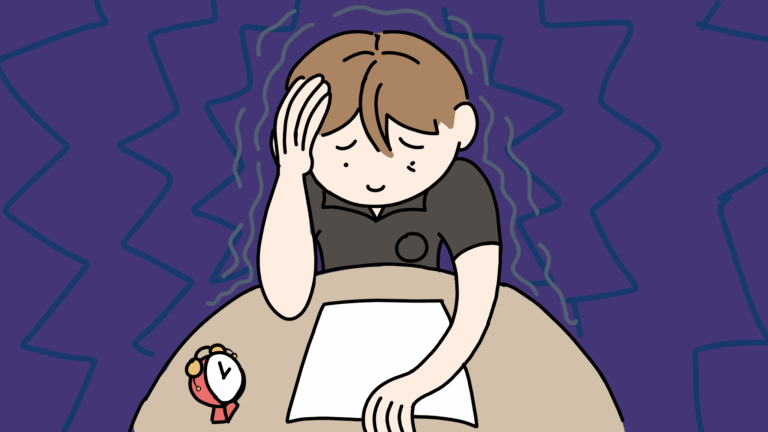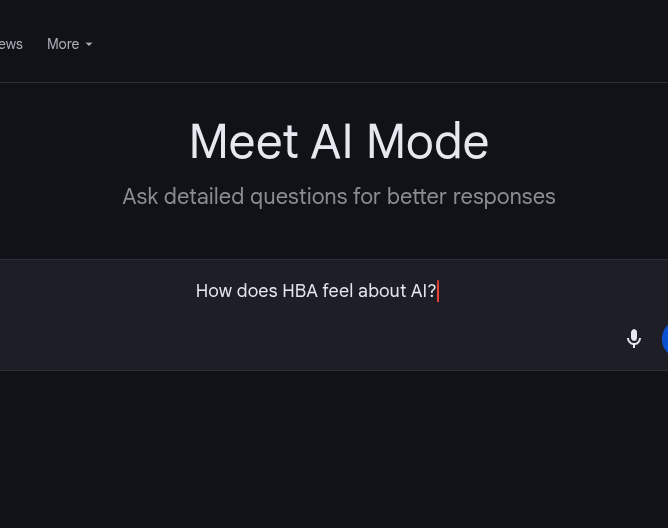High school students attached to their phones via a pair of earbuds has become almost as ubiquitous a sight as the smartphone itself, which has morphed into a modern version of the Sony Walkman of the 80s.
Nowadays, teens are more likely to be listening to music privately, publicly. They stream mumble rap while they crank out English essays and listen to indie rock while they cram for a Math test. Adults worry about their isolation from the outside world; teens marinate in rich instrumentals and tinny voices flowing through the pair of thin, white wires leading from their iPhones to their ears.
HBA students seem to have a wide variety of taste when it comes to music. Freshman Arielle Cook describes her playlists as an eclectic mix of indie pop, oldies, and emo pop, which she listens to primarily while she does homework. Junior Kira Ferguson, by contrast, favors mainstream pop and Christian music, which she, like Cook, listens to while she does homework, but also on long car rides and while she exercises. Many teens are also fans of widely popular artists like Shawn Mendes, Ariana Grande, and other artists that frequently pop up in and out of various top ten lists.
However, a new style of music that started off underground has recently found popularity among teens. This up-and-coming genre rejects the ease with which high quality sound can be produced these days, and instead relies on soft, muffled vocals and pulsing techno-instrumentals to produce an aesthetic reminiscent of lazily drifting pink clouds, late afternoon lounging, and a searching Wifi signal. Spotify has defined this style of music as “bedroom pop,” because it’s the type of music that can be produced at home, without any fancy recording equipment. Many popular bedroom artists like Clairo, mxmtoon, and Cuco are testaments to this description, all having risen to stardom from the comfort of their own homes through publishing their original music on the Internet via platforms like YouTube and Soundcloud.
Bedroom pop seems to mirror the cultural shift of music being something to be enjoyed out loud and with company, to being something used as an introspective fulfillment of emotion. Gone are the boomboxes and speakers of decades past; now, teens sit in their bedrooms, listening alone. Showy headphones have given way to understated earbuds, subtly tucked into ears, hidden behind hair or under a hat. Secrecy rather than acting out has become the norm for teenage rebellion.
What is the appeal of listening to music alone? “I listen to music by myself so I can sing loudly and not feel self conscious of myself,” offers Cook, a self-confessed introvert. Ferguson, by comparison, prefers to listen by herself only while angry, anxious, or blue “as a distraction from life at the moment.” Junior Caden Weaver appreciates how music brings him peace. “When I listen through earbuds by myself,” he said, “it helps me to relax and reflect on life.” Listening to music alone presents a welcome distraction from a stressful outside world. Some cope with stress or sadness with upbeat tunes in hopes of improving their mood, while some turn on more melancholy melodies to help release their emotions. Whichever the case, solo enjoyment of music creates a small pocket within which the consumer can hide away, gather his or her thoughts, and prepare to face the world once again. The bedroom pop genre musically represents a dreamy lo-fi soundtrack to this sort of introspection that has enchanted millions of teens across the nation.
Ironically, bedroom pop might not stay bedroom pop. As artists of this genre continue to grow popular and get signed to big record labels, their music starts to lose its distinctive charm. For example, Clairo, after the wild popularity of her YouTube original song “Pretty Girl”, got signed to Fader Label and produced two full length albums, diary 001 and Immunity. diary 001 maintains Clairo’s fuzzy, intimate bedroom pop aesthetic, but, already, Immunity leans towards a more clean-cut, mainstream pop-influenced sound. Part of the appeal of bedroom pop is its relatability and its subtlety, qualities that are often lost once big labels get involved. Additionally, the very definition of bedroom pop relates to its independent production—these artists inherently cannot sign to big labels without losing their place in the genre. It remains to be seen whether the whole genre, still fairly young and lacking many of the distinct features associated with other long-standing musical styles, will fall victim to the same fate, or if it will continue to mature into its own separate entity.
Next Post: Mele Kalikimaka
Other Posts:
Dissecting Lo-fi-Hip-hop
Making the Perfect Playlist







